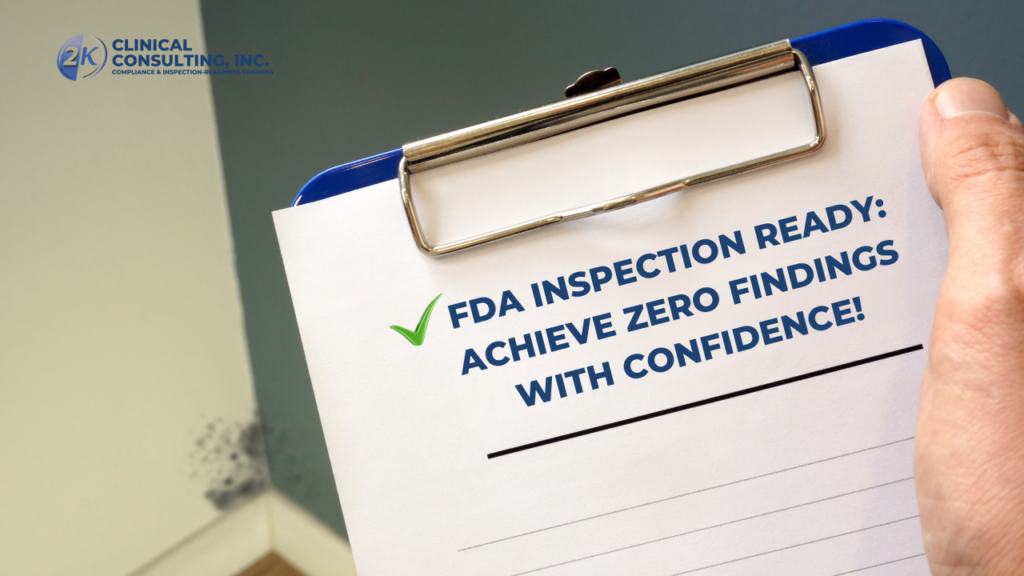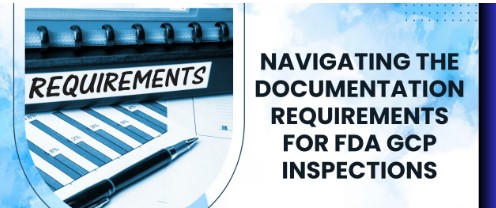When the FDA comes knocking, two issues often top the list of inspection findings: lack of Principal Investigator (PI) oversight and failure to follow the protocol. These aren’t minor slip-ups. They can delay a study, jeopardize data integrity, or even halt your site’s participation in a clinical trial. But with the right approach, your site can achieve something many think is impossible: an FDA inspection with zero findings.
Prioritize Principal Investigator Oversight
The Principal Investigator must do more than sign off on documents. Active oversight means staying involved in day-to-day operations, ensuring staff are trained and supported, and making sure every decision reflects the study’s goals and GCP (Good Clinical Practice) standards.
Here’s how to demonstrate strong PI oversight:
-
Schedule regular team meetings to review study progress and address challenges.
-
Keep detailed documentation showing the PI’s review of data, delegation of responsibilities, and corrective actions.
-
Conduct ongoing training to stay current with protocol updates and FDA expectations.
A PI who’s visible, engaged, and accountable will instill confidence in both sponsors and regulators.
Stick to the Protocol—No Exceptions
Protocol deviations are a red flag. Whether it’s missing lab assessments, incorrect dosing, or failure to follow inclusion/exclusion criteria, any inconsistency can raise questions about data reliability and patient safety.
To avoid these issues:
-
Create a protocol checklist for each participant visit.
-
Train all team members on protocol-specific procedures.
-
Document all deviations and submit them promptly to the IRB and sponsor when applicable.
Remember: consistency and transparency are your best tools for demonstrating compliance.
Conduct Internal Audits Before the FDA Arrives
One of the smartest things your site can do? Conduct regular internal audits or mock inspections. These can help you:
-
Identify gaps in documentation, consent, or eligibility.
-
Test your team’s readiness for answering questions.
-
Correct mistakes before the FDA ever sees them.
Audit preparation isn’t about perfection. It’s about proactively identifying and fixing small issues before they become big problems.
At 2K Clinical Consulting, Inc., we help clinical sites implement inspection readiness strategies that work. We’ve seen firsthand that preparation, process, and proactive thinking are the keys to avoiding findings and maintaining site credibility.









